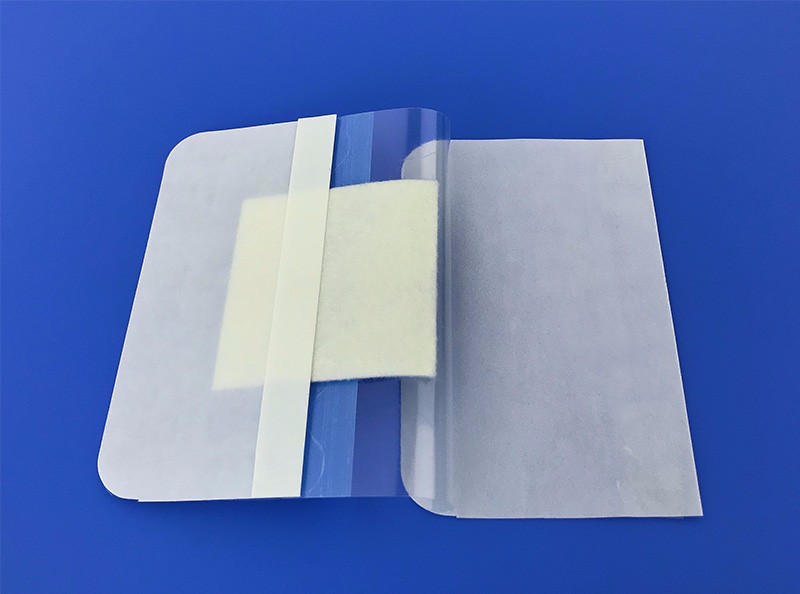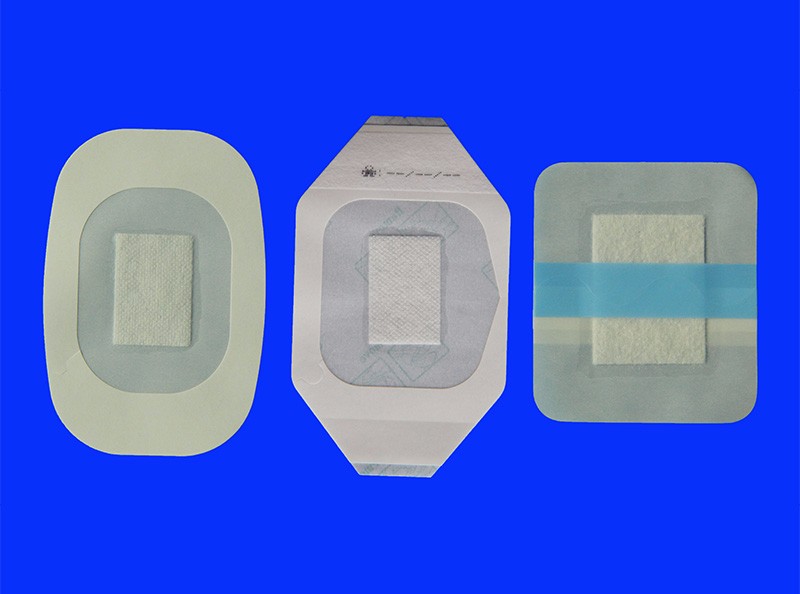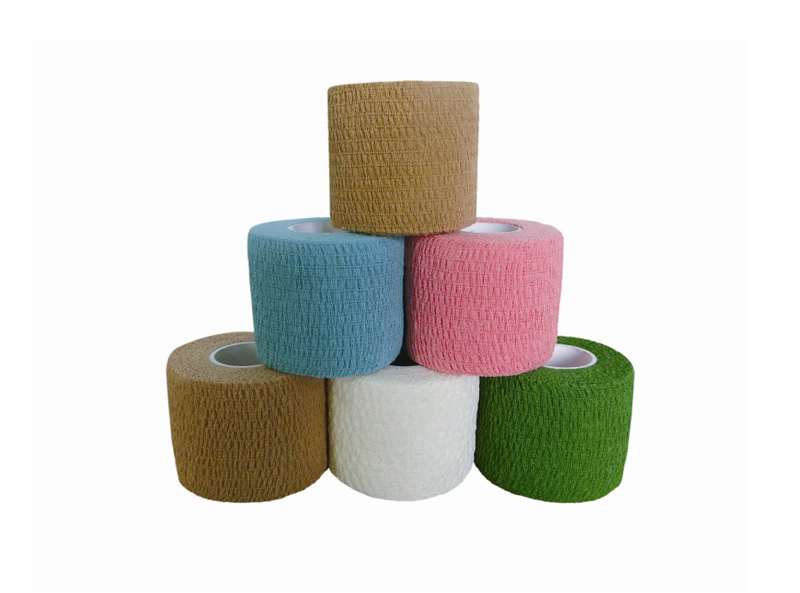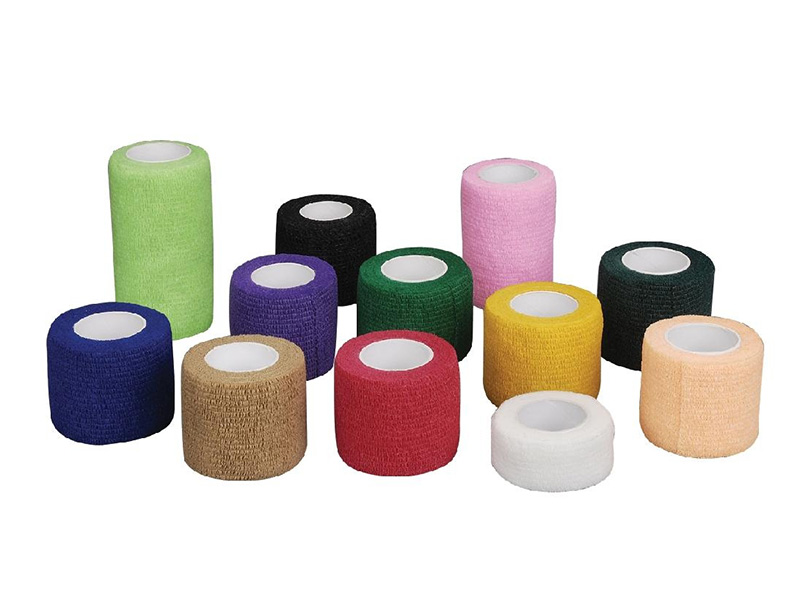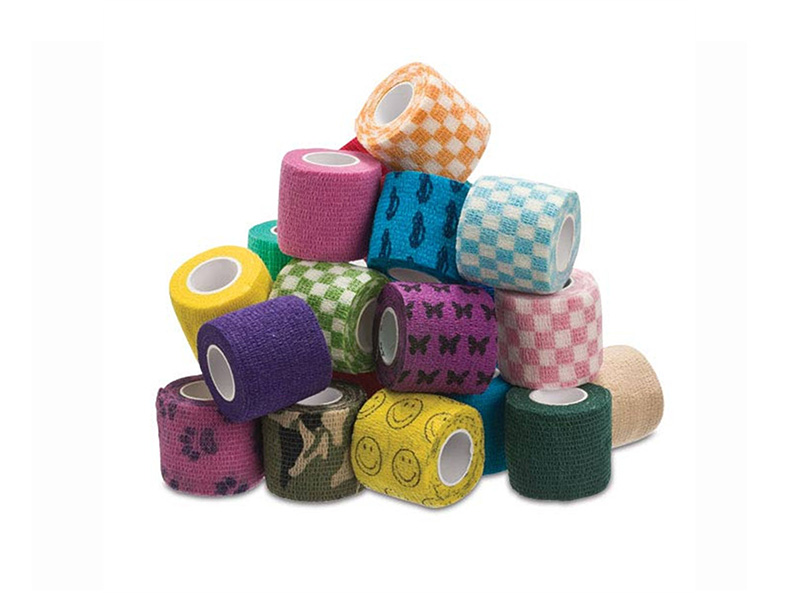How to Replace the Transparent IV Dressing
 Jun 25, 2021|
Jun 25, 2021| View:1125
View:1125In the daily nursing quality inspection, there will always be some problems that make the nurses tangled: the transparent IV dressing just changed in the morning, there will be a little bleeding in the afternoon, do you want to change it again? Half an hour ago just changed the transparent IV dressing, why the twinkling of an eye transparent IV dressing curl loose?
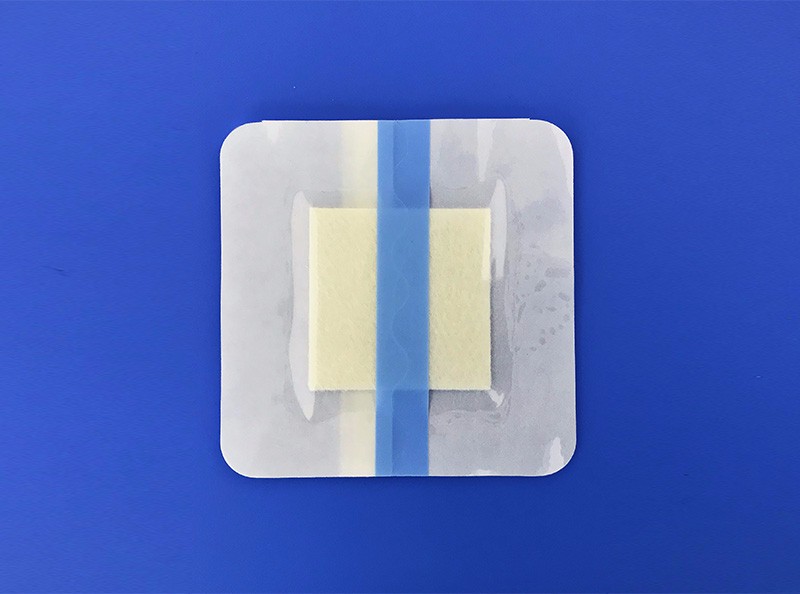
For the loose curl of transparent IV dressing, there is no doubt that it should be replaced immediately. If it is not replaced, the catheter will slip in the twinkling of an eye. So, a little bit of bleeding, do you want to replace the transparent dressing? This is also a puzzle for the author, especially for patients with abnormal coagulation function, it is not as good as changing one in the morning and another in the afternoon, is it? I don't know how all hospitals do it. Do you have better suggestions and methods? I look forward to your message exchange.
In case of the following conditions, it shall be replaced immediately
1. Bleeding at puncture point after catheterization
This is a case of bleeding after internal jugular vein indwelling. Although the patient had been pressed with sterile cotton ball locally after puncture, it was not long before the cotton ball was soaked. In this case, it needs to be replaced immediately.
Treatment: a piece of absorbable gelatin sponge was pressed locally at the puncture point and fixed with transparent film dressing. Pay attention to the dynamic assessment of blood leakage, and do a good job of education to patients and their families to prevent catheter slippage.
In addition, for CVC / PICC puncture point with old bleeding, it should be replaced at any time to prevent catheter-related infection.
2. The transparent IV dressing was not standardized
The patient returned to the ward after indwelling the internal jugular vein from the operating room. The nurse found that the catheter was not fixed in a standard way, and the transparent IV dressing around the catheter had been rolled. In this case, it also needed to be replaced immediately.
Reminder: when replacing the internal jugular vein application, it is best to choose the appropriate size of transparent IV dressing according to the length of the patient's neck. If the transparent IV dressing is too large, it will lead to neck traction. When changing, ask the patient to turn the head to the opposite side as far as possible, so that after the fixation, the patient's comfort is better, and the transparent IV dressing will not curl due to pulling.
In addition, the CVC / PICC catheter should be inspected at least once a day, and the transparent dressing should be replaced at any time if it is found that the puncture point is polluted by liquid seepage and the transparent dressing is loose and curly.
So, which CVC / PICC transparent IV dressing is more safe and effective? What are the requirements for the replacement frequency of transparent IV dressings? How to choose the dressing of puncture point?
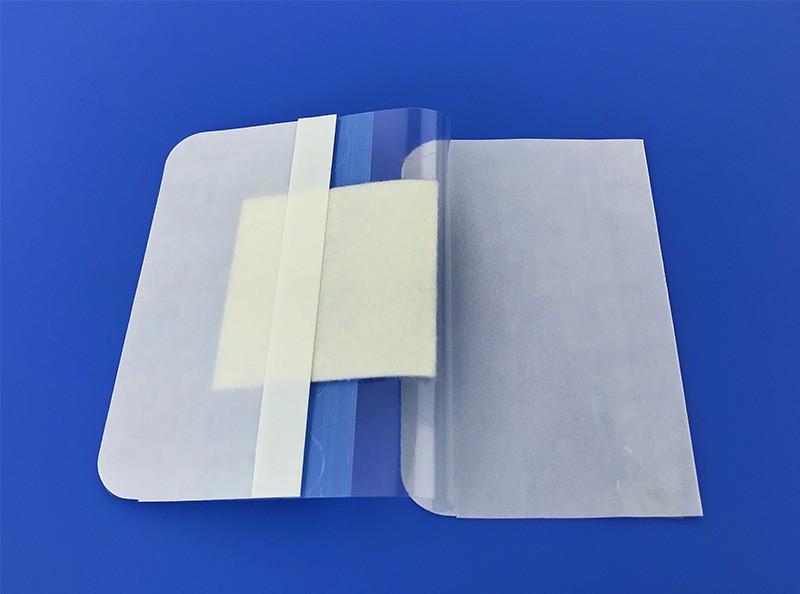
The dressing of puncture site should be selected according to the patient's age, general and local conditions, and the type of catheter. In addition to the risk of CLABSI and local skin toxicity, the safety of dressing for catheter fixation should also be considered.
The results showed that sterile gauze and adhesive tape, sterile transparent and translucent polyurethane dressings were ideal covering dressings for puncture site. Transparent dressing should have the advantages of good air permeability, easy to observe the puncture site and reduce the frequency of replacement, which has been widely used in clinic; However, some studies suggest that transparent IV dressing may increase the humidity of puncture site, lead to local pathogen reproduction, and then increase the risk of catheter bacterial colonization and CLABSI. Therefore, gauze dressing should be the first choice when the puncture site of patients has more fluid infiltration or sweating.
How to define the frequency of transparent IV dressing change?
In the process of using the puncture point dressing, the sterile barrier of the dressing will be damaged due to the bleeding, sweating, loosening, dirt, etc. of the puncture site, so it needs to be replaced in time or regularly. However, frequent replacement of dressings at the puncture site can not effectively reduce the occurrence of CLABSI, on the contrary, it may lead to local skin damage and increase the discomfort and medical costs of patients.
When sterile gauze and transparent IV dressing were used to cover the puncture site, the gauze dressing was changed every 2 days, the transparent IV dressing was changed every 7 days, and the gauze dressing was changed at any time when it was wet, loose or obviously dirty.
Under special circumstances, how to determine the replacement requirements?
1. Gauze dressing under transparent dressing shall be regarded as gauze dressing and shall be replaced every 2 days. If there is exudation and bleeding, it needs to be replaced at any time.
2. If there is leakage at the outlet of the catheter, gauze dressing should be selected. If there is gauze pad in the implantable infusion port, the wing handle of the needle is not damaged, but the puncture site is not covered, it is not used as gauze dressing.
Caution: changing dressings too frequently due to catheter displacement increases the risk of infection. Since the risk of infection can be increased more than three times by changing dressings twice, it is necessary to fix dressings properly to reduce the risk of loosening / displacement. In case of exudation, local tenderness, other infection symptoms or loose / falling off of the dressing, the dressing should be changed immediately, and the puncture site should be carefully checked, cleaned and disinfected.

